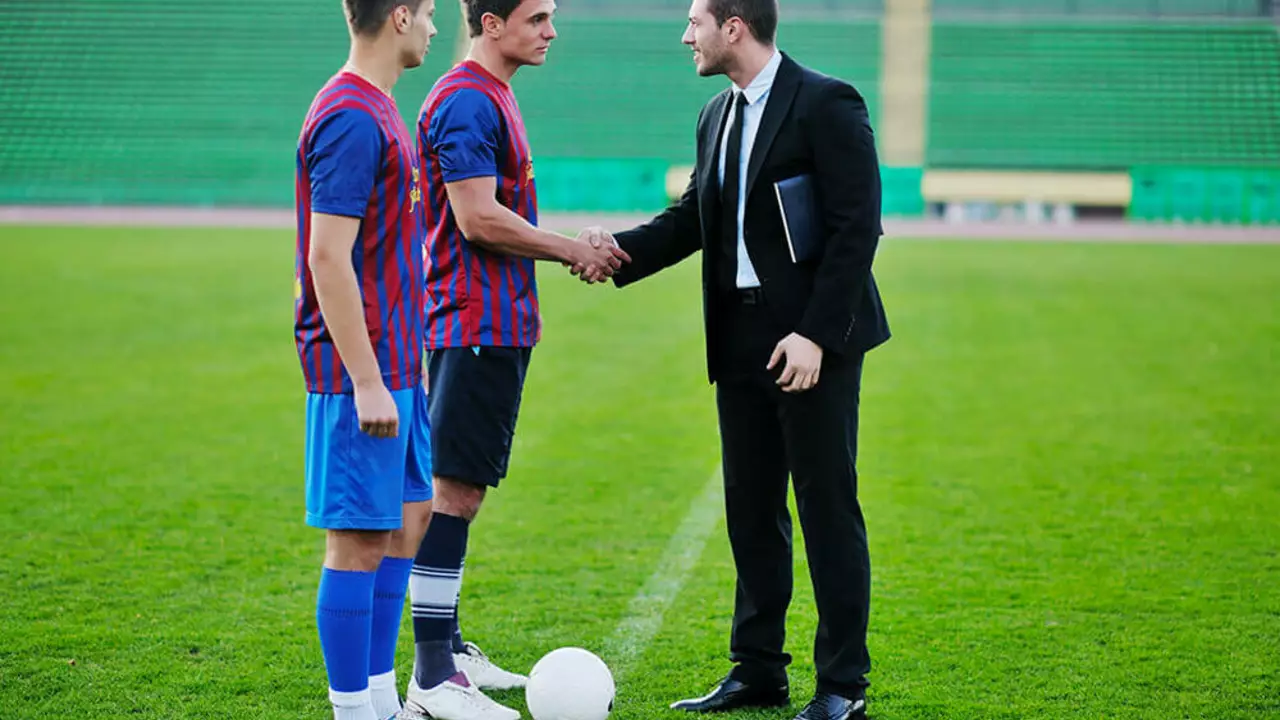Sports Management Basics Every Soccer Fan Should Know
Managing a soccer team isn’t just about picking the best players. It’s about juggling rosters, choosing the right gear, and making sure the kit fits right. Below you’ll find straight‑to‑the‑point tips that work for amateur leagues and semi‑pro clubs alike.
Managing Team Rosters Effectively
First off, ask yourself: how many players do you really need? For a 6v6 indoor game, a roster of 12 can feel overcrowded. You’ll have plenty of talent, but rotating 12 people in a 40‑minute match can break the flow. A tighter squad of 8‑10 gives you enough depth to rest tired legs while keeping chemistry intact.
When you set your roster, write down each player’s preferred position and fitness level. That way, if someone picks up a minor knock, you know exactly who can step in without losing shape. Coaches also benefit from a simple rotation plan – for example, swapping in fresh legs after every two goals keeps energy high and reduces injuries.
Don’t forget the paperwork. Some leagues cap the number of registered players per season. Double‑check the rules early so you don’t lose a key substitute because of an admin slip.
Choosing the Right Gear for Your Game
Gear rules vary between soccer and football, and mixing them up can land you a penalty. Soccer cleats are light, with uniform studs for even grip on grass or turf. Football cleats, on the other hand, have varied stud patterns to suit different positions and often add extra ankle support.
If you’re playing on a hard indoor surface, plastic or rubber cleats are safest. Metal studs are generally discouraged because they can cause serious injuries, and many leagues outright ban them. Before you buy a new pair, glance at the league’s equipment policy – a quick scroll through the rulebook can save you a costly mistake.
Jersey fit also matters. A tighter shirt can reduce drag, but if it’s too snug it limits arm movement and can be uncomfortable during a sprint. Most pros opt for a ‘trim’ fit that hugs the torso without squeezing. Try on a few sizes during a warm‑up and move around; if you can raise your arms without hitting the sleeves, you’ve found the sweet spot.
Finally, keep an eye on the weather. Heavy rain makes studs essential for grip, while a dry day lets you play with a smoother sole. Adjusting your cleat choice based on conditions is a small tweak that pays big dividends.
In short, good sports management means planning your roster size, staying on top of equipment regulations, and fitting your kit for performance, not just looks. Apply these simple steps before your next match and watch the difference on the pitch.

- Aug, 2 2023
- 0 Comments
- Finnegan Callaghan
Why don't the soccer players sign one-year contracts?
Alright folks, let's tackle this head-scratcher: why don't soccer players sign one-year contracts? Well, for starters, such short contracts don't offer the stability and security players crave. Imagine having to pack up your cleats and move every year! Not really the dream, huh? Plus, the teams themselves prefer longer contracts to maintain a consistent lineup, avoiding the chaotic yearly scramble for new talent. So, in a nutshell, one-year contracts in soccer are about as popular as a skunk at a lawn party!
Read More